Vietnamese bank stocks are considered “king stocks”, but their valuation is still quite low compared to the regional average due to limitations that are not easy to overcome.
The importance of corporate capitalization
As a business leader, suppose there is a good market opportunity to acquire another business to complete your ecosystem, but it requires a large amount of money, what will you do? The common solution to this problem is to issue more shares, mobilize more new investors to contribute capital to carry out the deal.
But to be able to raise capital, you must prove to investors that the capital contribution will be effective, or more simply, buying additional issued shares will be profitable in the long term. From an investment perspective, the long-term increase in the capitalization value of the enterprise in the past will be an important measure to raise more money, proving that existing investors are enjoying many benefits, then it will be easier to raise new capital.
The capitalization value of a business is the multiplier between the number of shares in circulation and the market price of the shares. For a business to have a large capitalization value, it needs to have a large charter capital and a high market price of shares. Reality proves that, of these two factors, a high stock price brings more benefits to shareholders than businesses with large charter capital. A high stock price also helps businesses easily mobilize capital at a good price (issue new shares with a high market price), can quickly increase charter capital by splitting shares...
Therefore, it would be a mistake for a business leader to say, “stock prices are determined by the market, we only focus on doing business.” Each business leader needs to have a strategy to increase the attractiveness of the company’s stock. Stock prices may fluctuate in the short term, but in the long term there must be growth to ensure the growth of the company’s capitalization.
This analysis provides readers with additional important information and personal perspectives on measures to increase corporate capitalization value by analyzing the characteristics of banks with high stock prices in the region to draw practical lessons for Vietnamese banks.
 |
Compare stock valuations of regional banks
When comparing the valuations of regional banks, it is easy to see that the stock prices of regional banks are much higher than those of Vietnamese banks. In the period from 2017 to present, the average P/E and P/B ratios of Vietnamese banks have always been lower than those of the banks in the comparison basket, especially the P/E ratio. This means that investors always pay a higher price for each dong of income at regional banks.
On average over the past six years, investors in the Indonesian market were willing to pay the highest, spending 19 dong for each dong of income, while investors in the Vietnamese market were only willing to pay 11 dong for each dong of income.
The active trading volume shows a higher level of investor interest in the stocks of banks in the region. Especially in Thailand, the trading volume of bank stocks per session is nearly 8-10 times higher than the average level in Vietnam. The price increase/decrease trend is clearer, there are less sudden fluctuations and the stock price reflects quite accurately the signals in business activities.
So what is the reason? Although there are differences in business operations, history, culture, management, etc., to create a high stock price level, according to the author's research, these banks all have 3 characteristics: a favorable macro environment for stock investment activities, effective bank business operations and effective communication strategies.
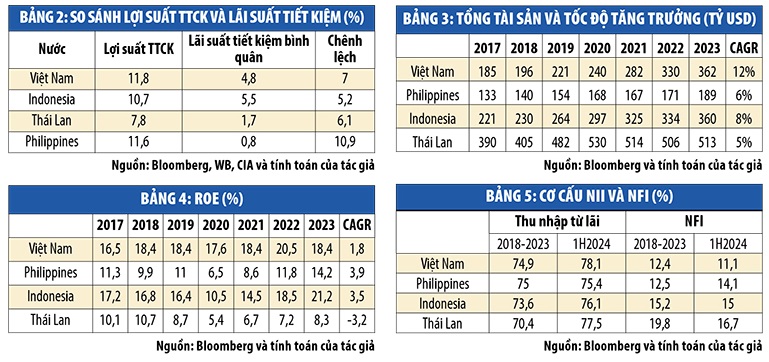 |
The attractiveness of the stock market
First of all, it must be affirmed that in recent years, the Vietnamese stock market has improved a lot and become an effective investment channel for investors. However, the difference between the yield of stock investment and the average 12-month savings interest rate in Vietnam is lower than that of the Philippines and equivalent to that of Thailand. This shows that the attractiveness of the Vietnamese stock market is at an average level compared to other countries in the region.
The data in Tables 1 and 2 show that the difference between investment yield and savings interest rate in the Indonesian market is lower than that of Vietnam, Thailand and the Philippines, but investors are willing to pay the highest price (ie the highest P/E and P/B) to own bank securities. This shows that the stock investment channel in Indonesia is more interested and attractive to investors than other comparable countries.
Business size and performance
A second major group of reasons that could explain the above difference in P/E and P/B could be the size, business performance and income structure of the banks. If we compare Vietnamese banks with the largest banks in Singapore or Malaysia, it is clear that Vietnamese commercial banks are still too small in both size and market capitalization.
Specifically, according to stock prices and exchange rates as of June 2024, the total assets of Singapore's largest bank, DBS, are 5.6 times larger than those of Vietnam's largest commercial bank, BIDV . Malaysia's Maybank is also 2.4 times larger than BIDV. DBS's capitalization is nearly 4 times larger than Vietcombank's, and Maybank is also 1.4 times larger than Vietcombank's.
However, compared to the large banks of Thailand, Indonesia and the Philippines in the study group, the largest commercial banks in Vietnam are not much inferior in size. Although the total assets of Vietnamese commercial banks are only equal to nearly 60% of the total assets of Thai commercial banks, they are equal to Indonesian commercial banks and larger than Philippine commercial banks (Table 3).
Regarding the total asset structure, there is not much difference between banks, when the customer loan ratio (excluding corporate bonds) accounts for about 65-70% and bond investment accounts for 12-18% of the total asset structure.
Regarding the performance indicators of ROA and ROE, Vietnamese banks are not inferior to banks in the region. The average ROE of the three largest commercial banks in Vietnam is equal to that of banks in the region, and even higher than the average of the three largest banks in Thailand.
Although the average NIM of regional banks is much higher than that of Vietnamese banks. Specifically, the three largest banks in Indonesia have the highest average NIM of 6.5%, followed by the Philippines at 4.0% and Thailand at 3.0%. The three largest commercial banks in Vietnam have a NIM of 2.9%.
If we only look at those figures, we might mistakenly think that regional banks have a higher interest income ratio in their revenue structure. However, when analyzed in detail, regional banks do not rely too heavily on interest income. In Thailand, the average interest income ratio is only 70.4%, in Indonesia it is 73.6%, while in the Philippines and Vietnam it is close to 75%. Moreover, the extraordinary income in the non-interest income structure of Vietnamese banks is larger than that of regional banks.
The above analysis shows that the biggest difference between Vietnamese banks and regional banks is the structure of income sources. Although large banks in the region are similar in size, those banks have a larger proportion of non-interest income (mainly from fees) than Vietnamese banks, which can give investors a sense of security about the bank's sustainable operations.
Investor Relations Activities
Apart from the lower non-interest income, Vietnamese banks are not inferior to banks in other countries in the region, if viewed from the ROE and NIM indicators. So if the goods are good but the price is not commensurate, the cause may lie in the market, in the sales and marketing stages. Here, if goods are stocks, then investor relations (IR) activities are the sales stage.
Indeed, regional banks have had effective IR strategies from a very early stage, contributing to their stock prices outperforming Vietnamese banks. According to a survey by the Asian Securities Brokerage Group and a study by Standard and Poor's, all banks studied in Thailand, Indonesia and the Philippines have adopted proactive IR strategies.
In Vietnam, some organizations operating in the financial media sector also have reports quantifying the level of media reputation of banks (Tenor Media, VietNam Report...) and many banks have just completed mandatory IR activities such as information disclosure, organizing events according to regulations, proactive IR activities are only at the initial level.
Thus, Vietnamese banks are constantly improving the quality and efficiency of their operations as well as their investor relations. Hopefully, the management agencies will accelerate the necessary activities so that the Vietnamese stock market can be upgraded soon, thereby increasing the attractiveness of the market to both domestic and foreign investors, creating conditions for banks in particular and Vietnamese enterprises in general to be re-evaluated in relation to banks and enterprises in the region, helping to increase capitalization value and benefits for shareholders and investors.
Source: https://baodautu.vn/co-phieu-vua-va-nhung-co-hoi-d225579.html


![[Photo] Prime Minister Pham Minh Chinh chaired a meeting to discuss solutions to overcome the consequences of floods in the central provinces.](https://vphoto.vietnam.vn/thumb/1200x675/vietnam/resource/IMAGE/2025/10/29/1761716305524_dsc-7735-jpg.webp)

![[Photo] National Assembly Chairman Tran Thanh Man received a delegation of the Social Democratic Party of Germany](https://vphoto.vietnam.vn/thumb/1200x675/vietnam/resource/IMAGE/2025/10/28/1761652150406_ndo_br_cover-3345-jpg.webp)


![[Photo] Flooding on the right side of the gate, entrance to Hue Citadel](https://vphoto.vietnam.vn/thumb/1200x675/vietnam/resource/IMAGE/2025/10/28/1761660788143_ndo_br_gen-h-z7165069467254-74c71c36d0cb396744b678cec80552f0-2-jpg.webp)
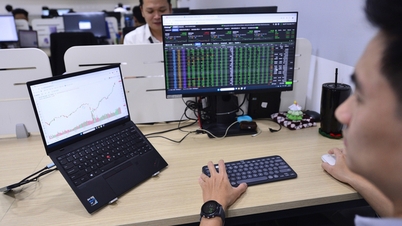





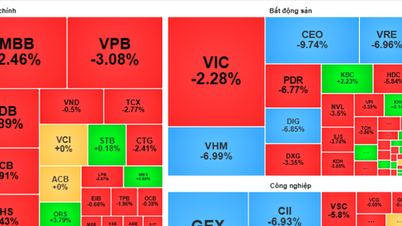

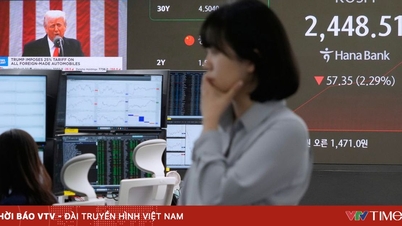
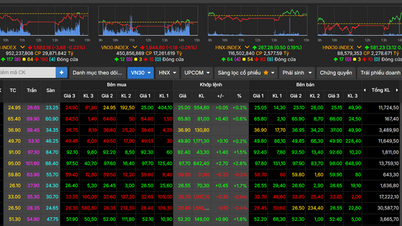







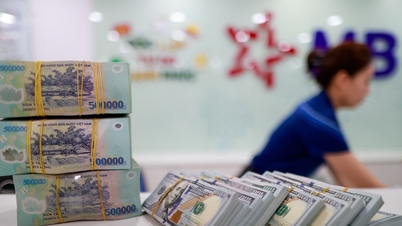

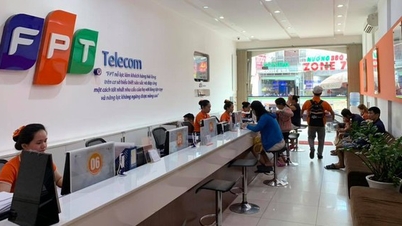







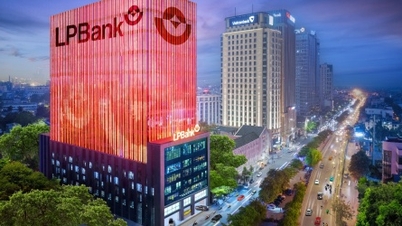

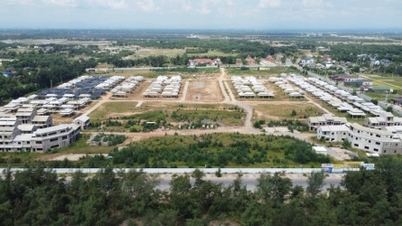
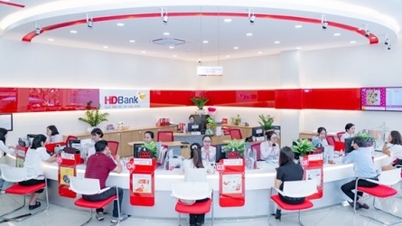
![[Photo] President Luong Cuong attends the 80th Anniversary of the Traditional Day of the Armed Forces of Military Region 3](https://vphoto.vietnam.vn/thumb/1200x675/vietnam/resource/IMAGE/2025/10/28/1761635584312_ndo_br_1-jpg.webp)
![[Photo] Draft documents of the 14th Party Congress reach people at the Commune Cultural Post Offices](https://vphoto.vietnam.vn/thumb/1200x675/vietnam/resource/IMAGE/2025/10/28/1761642182616_du-thao-tai-tinh-hung-yen-4070-5235-jpg.webp)



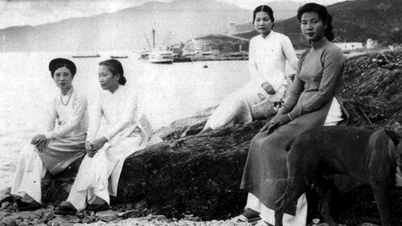













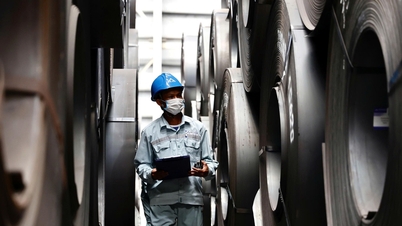



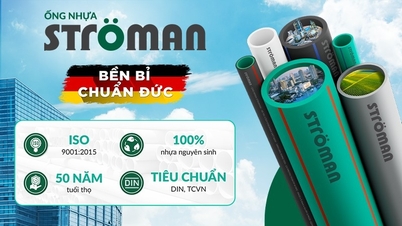
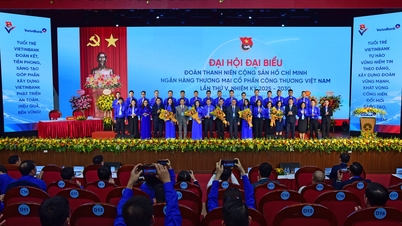

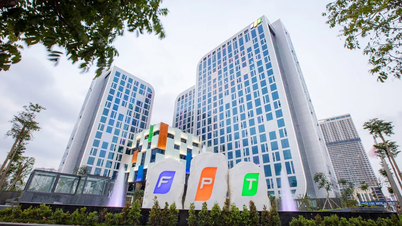









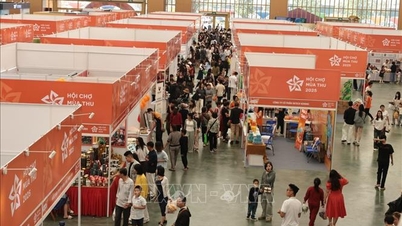

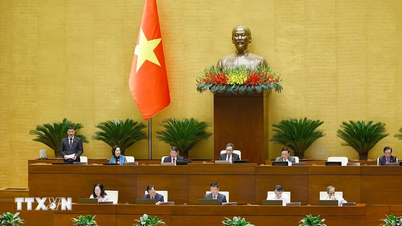

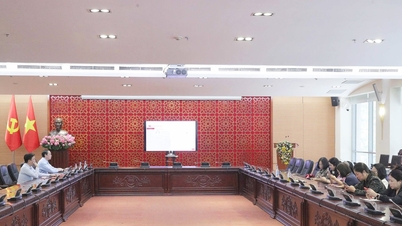







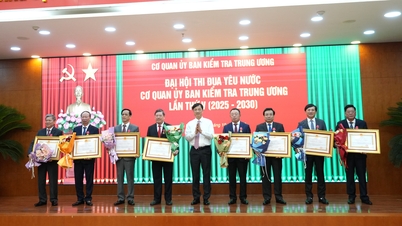

























Comment (0)